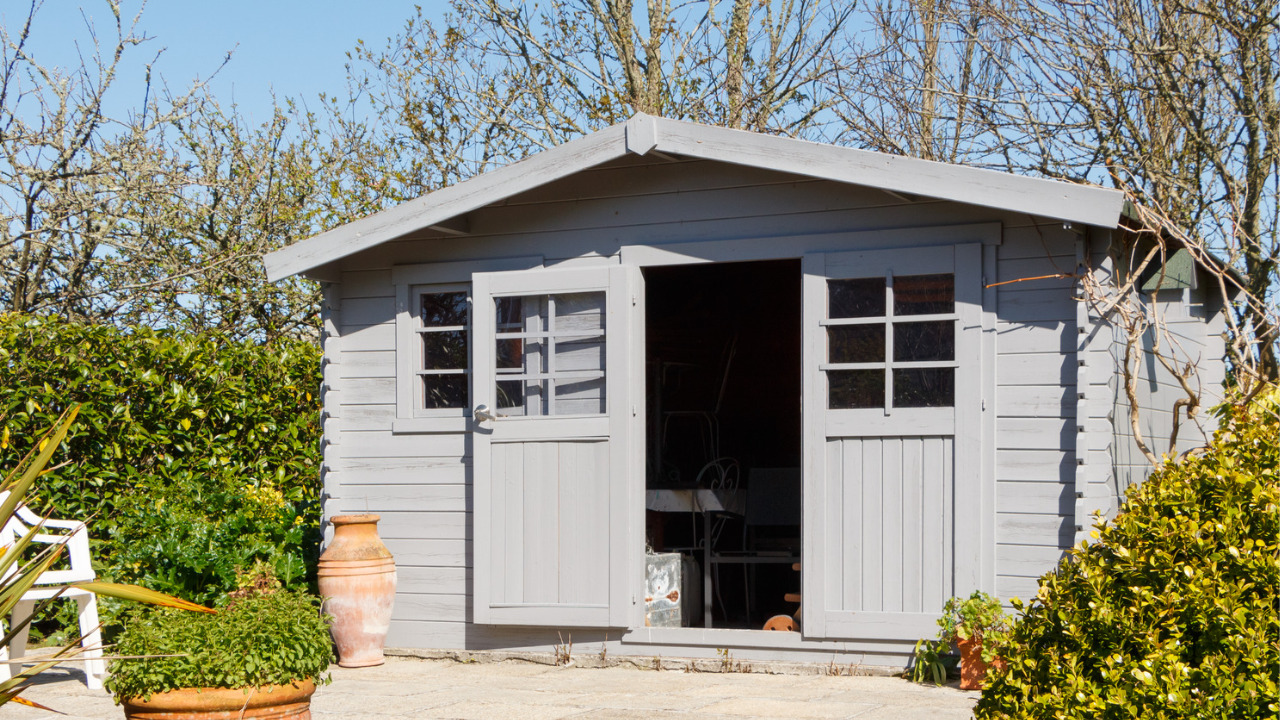You could need permission to construct a new construction close to an existing sewer on your property or an adjacent one. The vendor could now leave with the shed. It’s crucial to keep your network available for maintenance while keeping it safe from harm.
Normally, maintenance crews would work to do as little damage as possible, but sometimes it may be impossible to avoid. You could need permission to construct a new construction close to an existing sewer on your property or an adjacent one.
Building anything too close to or close to a sewer line isn’t generally permitted. However, there are several circumstances in which it might be. A municipal council’s or other appropriate authorities’ consent is what you require there.
Table of Contents
Restrictions For Building A Shed Over A Sewer Line
The amount of room your property offers may occasionally be inadequate for all the purposes we could want to use it for. This is particularly important if you want to construct a construction that might require a little more room than we now have.
In these cases, you might think about constructing a shed to increase the size of the entire property and your storage space. Unfortunately, if you choose to pursue such a project, you can encounter the problem of it encircling places where sewer lines are located.
Things To Consider Before Building A Shed Over A Sewer Line
You might be able to move through with the proposal if municipal authorities determine that erecting a shed over a sewer line has no appreciable impact on the infrastructure. Although the safe separation can change, it typically peaks away from the pipes.
The area is meant to provide some room for the disruption that the work will bring about. The extra weight can potentially upset the soil and jeopardize the pipe’s composition. As you might expect, the area beneath a shed is affected by the extra weight it adds.
Additionally, building a shed on its own may cause unneeded soil disturbance, endangering the pipes even more. Not only that, but it can be challenging to fix the pipes later. Depending on the pipes’ depth, this can be prevented or not felt.
However, that is precisely the reason why you demand official sanctions. The check won’t take long because the official paperwork outlines the pipe depth.
Considerations For Installing Concrete Slab On Sewer Line
It is highly likely that if you decide to build a shed in your yard, you will end up placing a concrete slab below it to avoid any potential sinking problems. Even while it’s normal for buildings to settle by a few inches after construction, we don’t want that to have unfavorable consequences.
We avoid problems like doors becoming stuck shut due to sinking by putting a concrete platform beneath our shed. As you may guess, placing a concrete slab over your sewer lines has implications comparable to building a shed.
As the temperature changes or abrupt water surges start flowing, the slab may press against the soil, preventing pipes from properly contracting or extending. As the extra weight of the pushed earth is placed on top of the sewer pipe, it may eventually start to leak or even shatter.
You do not want a broken sewer pipe in your yard or anywhere close to your house. It may result in problems with the yard, such as sewage water pooling and unpleasant odors.
Get An Approval From Local Authorities Before Building Shed Over A Sewer Line
Building over or adjacent to lateral drains and public sewers requires the approval of the appropriate authorities. It’s critical to maintain the safety and functionality of all pipelines. Despite the problems we’ve already addressed, some places could be able to support the additional weight.
To ensure you are participating in a legitimate building engagement, it pays to get in touch with the representatives of your local city council and water provider. The approval will typically rely on the depth at which the pipes are situated and, of course, the weight of the structure being built above them.
Other concerned parties will perform the risk assessments, and if they approve of building atop a sewer line, you can proceed with the project.
Confirm Building Limitations Over A Sewer Line
It’s safe to assume that if at all possible, you should avoid it. Move the project a few meters away, if possible, to comply with the restrictions if you don’t want to deal with approval. A slight change in location for your construction may also be a better alternative.
A sewer pipe can negatively impact your project, just as your project can negatively impact a sewer pipe. A ruptured pipe could leak water into the building above it and fill the area with the stench of filth.
When you’re preparing to carry out building work on a piece of property that is near or contains infrastructure. It makes obvious that these cases would need additional consideration because that has the potential to affect the entire region.
Bottom Line
When committing to a construction project, the sewer installations there will be much more complex, which increases the possibility of influencing something. Initially, keeping such places farther away from new buildings is usually safer because repairs to such regions might be much more expensive.
A little forward-thinking can easily improve the entire experience of your new construction project. As we’ve seen, there are numerous ways in which the complications that could occur if we don’t follow the correct procedures might impact us.





